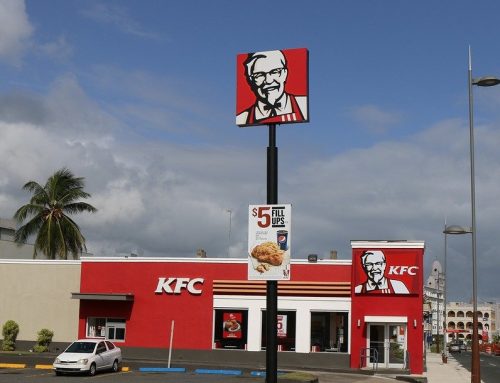Warum Sie GPU-Computing mit WebCL testen sollten.
GPU-Computing ist die Verwendung einer GPU (Graphics Processor Unit) als Co-Prozessor zur Beschleunigung von CPUs für allgemeine wissenschaftliche und technische Berechnungen. Universal Computing on Graphics Processing Units (GPGPU) ist das Mittel, um mit einer Grafikverarbeitungseinheit (GPU), die typischerweise nur die Berechnung für Computergrafiken übernimmt, Berechnungen in Anwendungen durchzuführen, die traditionell von der Zentraleinheit (CPU) verarbeitet werden.
Der Grafikprozessor beschleunigt Anwendungen, die auf der CPU ausgeführt werden, indem dieser einige der rechenintensiven und zeitaufwändigen Teile des Codes auslagert. Aus Benutzersicht läuft die Anwendung schneller, da sie die massiv parallele Rechenleistung des Grafikprozessors zur Leistungssteigerung nutzt.
Dies wird als „heterogenes“ oder „hybrides“ Rechnen bezeichnen. Dies ist eine weitere Verschiebung hin zu mehreren Kernen: CPU- und GPU-Fusion.

Es gibt seit mehreren Jahren herstellerspezifische APIs, um GPUs für die Datenverarbeitung zu nutzen. Nvidia hat CUDA, ATI/AMD hat Stream und Microsoft hat mehrere Technologien (DirectCompute, Appcelerator, C++ AMP),
OpenCL ist der erste offene, lizenzfreie Standard für die plattformübergreifende, parallele Programmierung moderner Prozessoren in PCs, Servern und Handheld-/Embedded-Geräten. OpenCL hat eine sehr starke Supportbasis und ist wahrscheinlich die Plattform der Wahl für Entwickler auf Intel, AMD, ARM, Apple, IBM etc.
Die WebCL-Arbeitsgruppe arbeitet an der Definition einer JavaScript-Bindung an den Khronos OpenCL-Standard für heterogenes Parallel-Computing. WebCL wird es Webanwendungen ermöglichen, die parallele Verarbeitung von GPUs und Multi-Core-CPUs aus einem Webbrowser heraus zu nutzen, was eine erhebliche Beschleuigung von Anwendungen wie Bild- und Videoverarbeitung und erweiterte Physik für WebGL-Spiele ermöglicht.
Nokia und Samsung haben Open-Source-Prototypen von WebCL implementiert. Nokia hat einen WebCL-Prototypen für den Firefox-Webbrowser (funktioniert mit 32-Bit-Firefox mit 32-Bit-OpenCL-Treibern) und Samsung einen Open-Source-Webprototyp für WebKit (entwickelt für Mac OSX Safari-Browser und Nvidia-Grafikkarte).
Der Nokia WebCL Prototyp für Firefox ist ein interessantes Projekt, das Sie leicht testen können, indem sie einfach eine Firefox-Erweiterung installieren (Sie benötigen eine Grafikkarte, die OpenCL unterstützt). Die Nokia WebCL-Webseite hat eine webbasierte interaktive Fotoeditor-Demo, die GPU für Bildverarbeitung, andere Demos, WebCL-Programmier-Tutorials und interaktives WebCL-Kernel-Spielzeug verwendet, das es Ihnen ermöglicht, Ihren eigenen OpenCL/WebCL-Code einfach zu testen.
Vielen Dank für Ihren Besuch.


